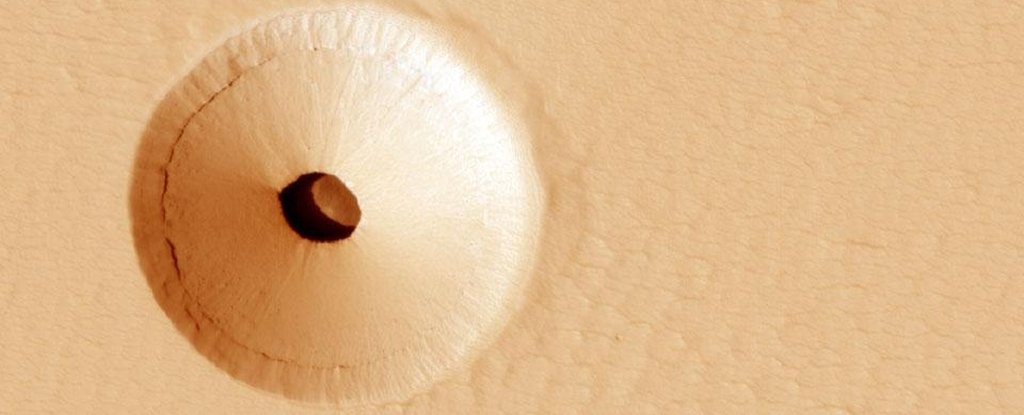eburacum
Papo-furado
- Joined
- Aug 26, 2005
- Messages
- 5,812
This text excerpted from:
https://forums.forteana.org/index.php?threads/the-lcross-impact.39601/
... to preface / introduce this new thread.
-------------------------
Talking about underground cavities on the Moon (which we were, a number of posts back) here's a possible hole into one
http://www.newscientist.com/article/dn1 ... -moon.html ...
Journal reference: Geophysical Research Letters (in press)
Similar things have been seen on Mars. The low gravity seems to allow unusually large lava tubes on both worlds- in theory, I suppose the lava tubes on the Moon could be proportionally larger due to the lower gravity.
https://forums.forteana.org/index.php?threads/the-lcross-impact.39601/
... to preface / introduce this new thread.
-------------------------
Talking about underground cavities on the Moon (which we were, a number of posts back) here's a possible hole into one
http://www.newscientist.com/article/dn1 ... -moon.html ...
Journal reference: Geophysical Research Letters (in press)
Similar things have been seen on Mars. The low gravity seems to allow unusually large lava tubes on both worlds- in theory, I suppose the lava tubes on the Moon could be proportionally larger due to the lower gravity.
Last edited by a moderator:


